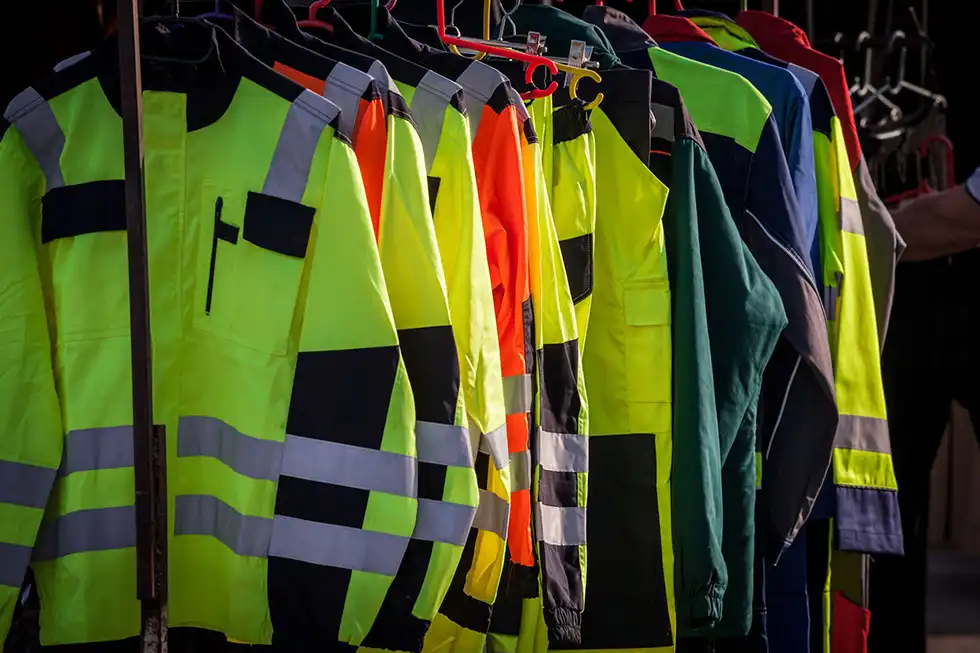Understanding High-Visibility and Flame-Resistant Categories During National Safety Month:
Pt. 1 | Understanding High-Visibility Clothing (And How to Make Sure You Select the Right Garments for your Team)
June is National Safety Month, and there’s no better time to consider the role of high-visibility and flame-resistant categories in workplace safety.
High-visibility clothing is designed for workers who must be visible from a distance, such as construction workers, miners, surveyors, or any other job where workers must be seen from afar. These garments feature reflective stripes, neon colors, and other materials that make workers stand out in a crowd.
Likewise, flame-resistant apparel is often required for workers operating in hazardous work environments or areas where exposure to high temperatures or fire risks exist. These garments are engineered with fabric blends that resist ignition and will not continue to burn after the source of the flame is removed. This type of apparel can provide additional protection for workers in high-risk situations and should be a key consideration when choosing safety apparel for your workforce.
No matter what type of environment you’re working in, safety apparel is an essential factor in protecting yourself and your coworkers.
Are There Types of High-Visibility Clothing?
The American National Standards Institute (ANSI) works in close collaboration with stakeholders from industry and government to identify and develop standards and conformance–based solutions to national and global priorities. In the case of high-visibility garments, ANSI worked with the International Safety Equipment Association (ISEA) to establish consensus standards in order to establish a baseline of product performance for safety equipment. The industry regulation for these standards is known as ANSI/ISEA 107.
ANSI/ISEA 107 sets out garment design requirements for multiple Garment Types for high-visibility vests, jackets, pants and more—plus, three different Performance Classes within those Types. The standard combines two previously recognized hi-vis apparel standards designed to cover garments requirements for non-public safety workers and public safety employees, such as police and firefighters. It also provides performance testing criteria for the materials used to make the garments.
Choosing the Right High-Visibility Garments
The different types of apparel match different worksite conditions to ensure ultimate safety and protection.
Selecting the right high-visibility garments for a job begins with asking two crucial questions; What is the expected location and setting in which the job is being done, and what tasks are being performed?
Garment Types
There are three types kinds of high-visibility clothing available.
- Type O (Off-Road) clothing is intended for workers in construction, surveying, and other off-road environments. It consists of a two-tone design with a fluorescent background and contrasting reflective material.
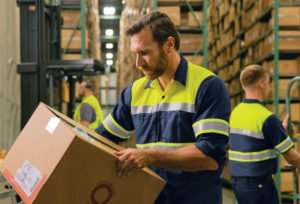
- Type R (Roadway) clothing is designed to be highly visible even from long distances. This kind of apparel utilizes fluorescent material combined with multiple bands or stripes of reflective material.
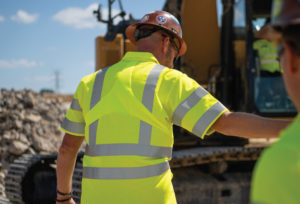
- Type P (Public Safety) clothing is used by emergency responders and other professionals who must be seen in the most challenging environments. This type features two-tones and retroreflective material, which provides an even brighter glow when illuminated by headlights.
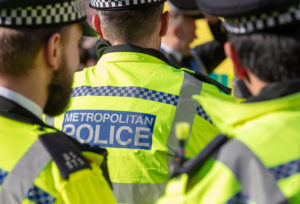
Performance Classes
What are the Safety Requirements for High-Visibility Clothing?
High-visibility clothing must meet ANSI/ISEA 107-2015 performance class requirements to be considered safety apparel. These garments come in four classes: Class 1, 2, 3, and 4.
Class 1 garments have the lowest visibility requirements and are typically used in environments where workers must be visible from up to 250 ft away. They include a background material that is fluorescent or bright in color, along with reflective strips on each side of the garment.

Class 2 garments are similar to Class 1 but have an increased visibility requirement and can be seen from up to 500 ft away. They include a colored background material with multiple stripes of reflective material in strategic locations around the garment.

Class 3 garments are the most visible and have extremely high visibility requirements. These garments can be seen from up to 1500 ft away and feature a fluorescent background material with wide stripes of reflective material in multiple locations around the garment.

Class 4 garments are the most specialized type of high-visibility clothing and offer the highest visibility requirements. They are designed for workers who must be visible in any weather condition, even on highways and roadways, and can be seen from up to 2500 ft away. They feature a fluorescent background material with wide stripes of reflective material in multiple strategic locations around the garment.
Color & Reflectivity
Beyond making critical distinctions between classes and types, there are two additional factors an employer should also consider: Color and Reflectivity.
“What is the best high-visibility color for this particular jobsite?”
Fluorescent yellow-green and orange are far and away the most prevalent ANSI-approved colors in the US, while red is more common abroad. All three of these colors register an extremely high level of light sensitivity, though yellow-green is considered most visible. However, that does not necessarily mean that yellow-green is the safest option. For instance, in areas with heavy foliage, bright orange might provide a higher contrast than yellow-green. Ultimately, the right choice will always be dependent on the work environment.
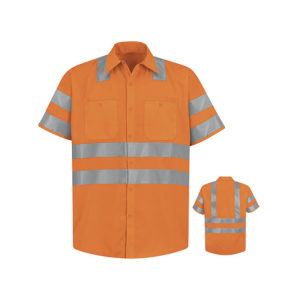
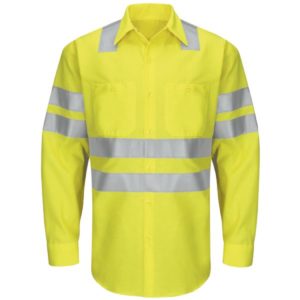
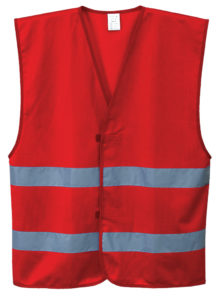
“What is the best retroreflective material for this particular jobsite?”
To enhance visibility in low-lighting, as well as help stand out amidst other visual distractions during the daytime, certain widths of ANSI-compliant retroreflective material are also required on high-visibility garments. “Retroreflective” means that light gets directed back to its original source once it hits the material, which also means that without a light source (i.e., headlights), the material does not enhance worker visibility. Therefore, both background fabric and retroreflective material are equally important.
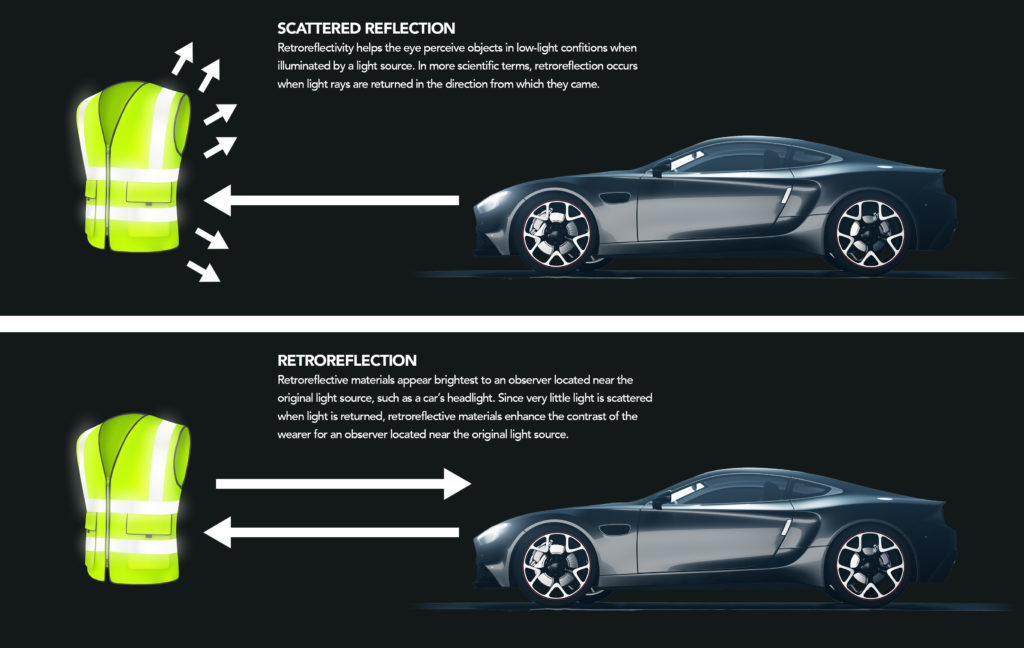
(Image: Federal Railroad Administration)
Work Hard Dress Right is dedicated to helping companies like yours find the perfect managed uniform program for your needs. We understand the importance of keeping your employees safe from potential hazards and looking great in high-visibility and flame-resistant workwear that reflects your brand image.
From Type O to Type P and every Class in between, our team of experts can help you find a customized solution that meets all safety regulations and reduces costs while ensuring compliance with industry standards.
Contact us today to learn more about what our managed uniform programs can do for you!

